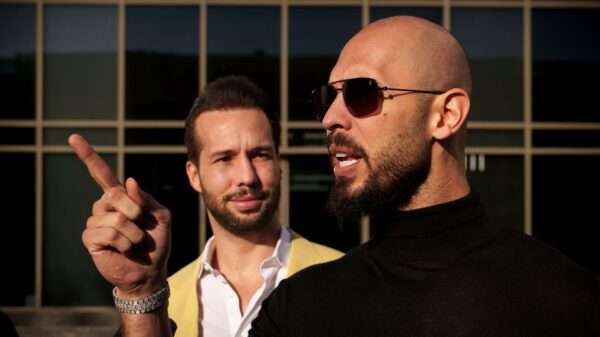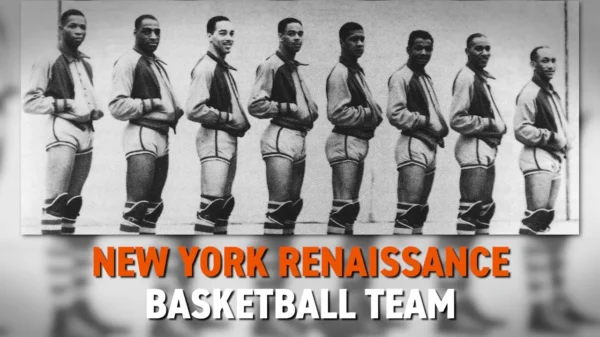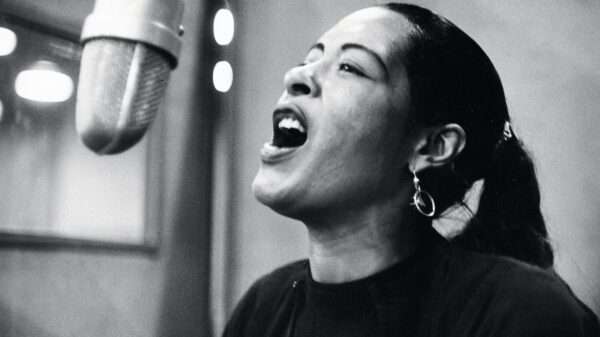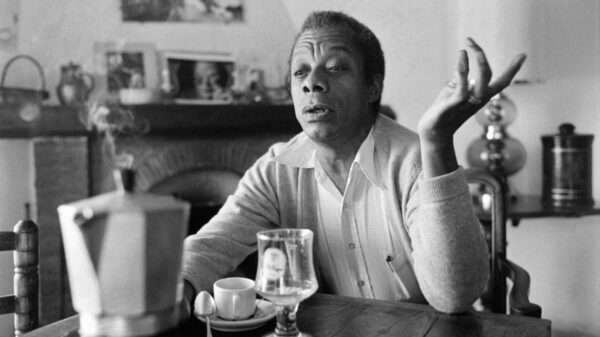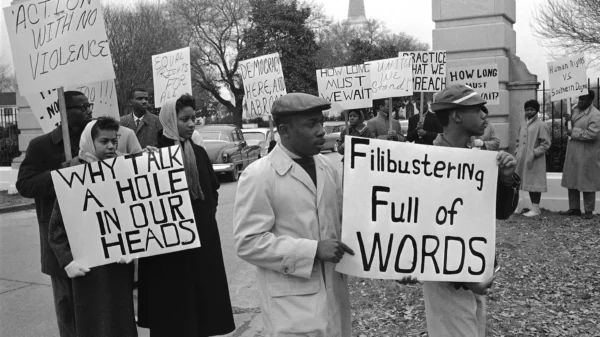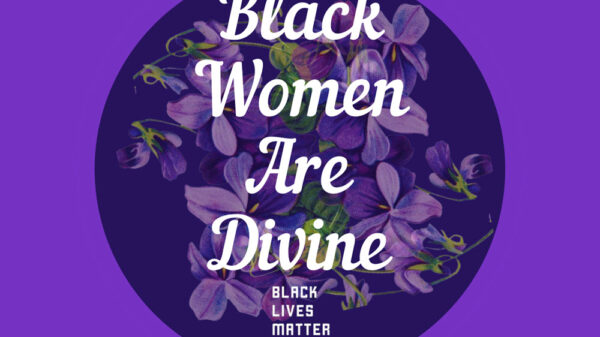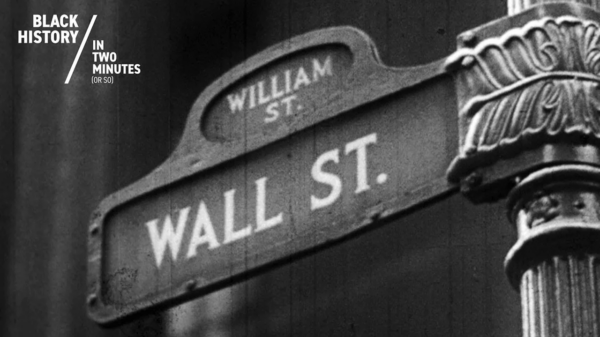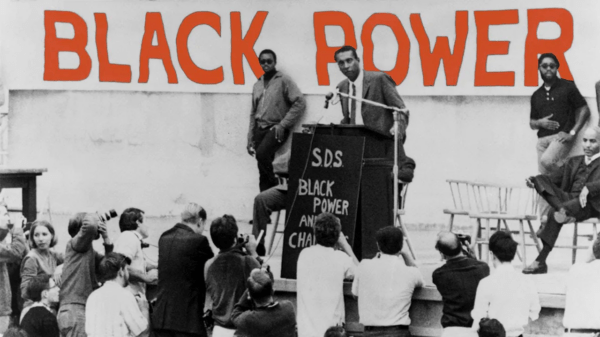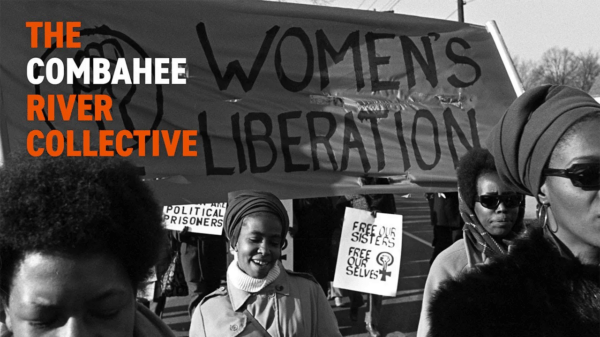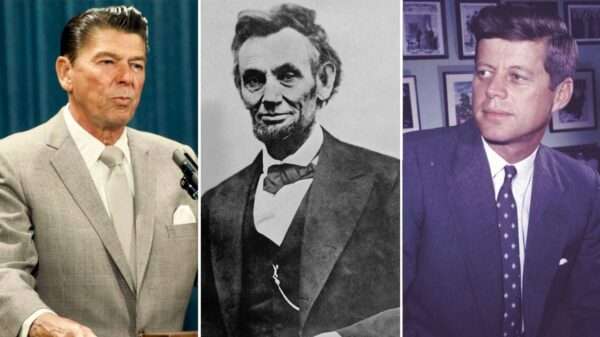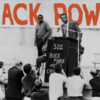Today, many are familiar with the term “filibuster,” a procedure to prolong debate and delay a vote — but less well-known is its complicated history, which began not with the framers of the Constitution but half a century later, at the height of tensions surrounding slavery. Starting with pre-Civil War theatrics in the Senate Chamber, the filibuster has evolved through emancipation, Reconstruction, the Jim Crow era, and the civil rights movement to become an all-encompassing tactic with the capacity to trump the will of the majority. In this episode of Black History in Two Minutes (or so) hosted by Henry Louis Gates, Jr. — with additional commentary from author Adam Jentleson and Imani Perry of Princeton University — we trace how an antebellum legislative maneuver meant to empower slaveholders became a Senate institution at the center of urgent debate.
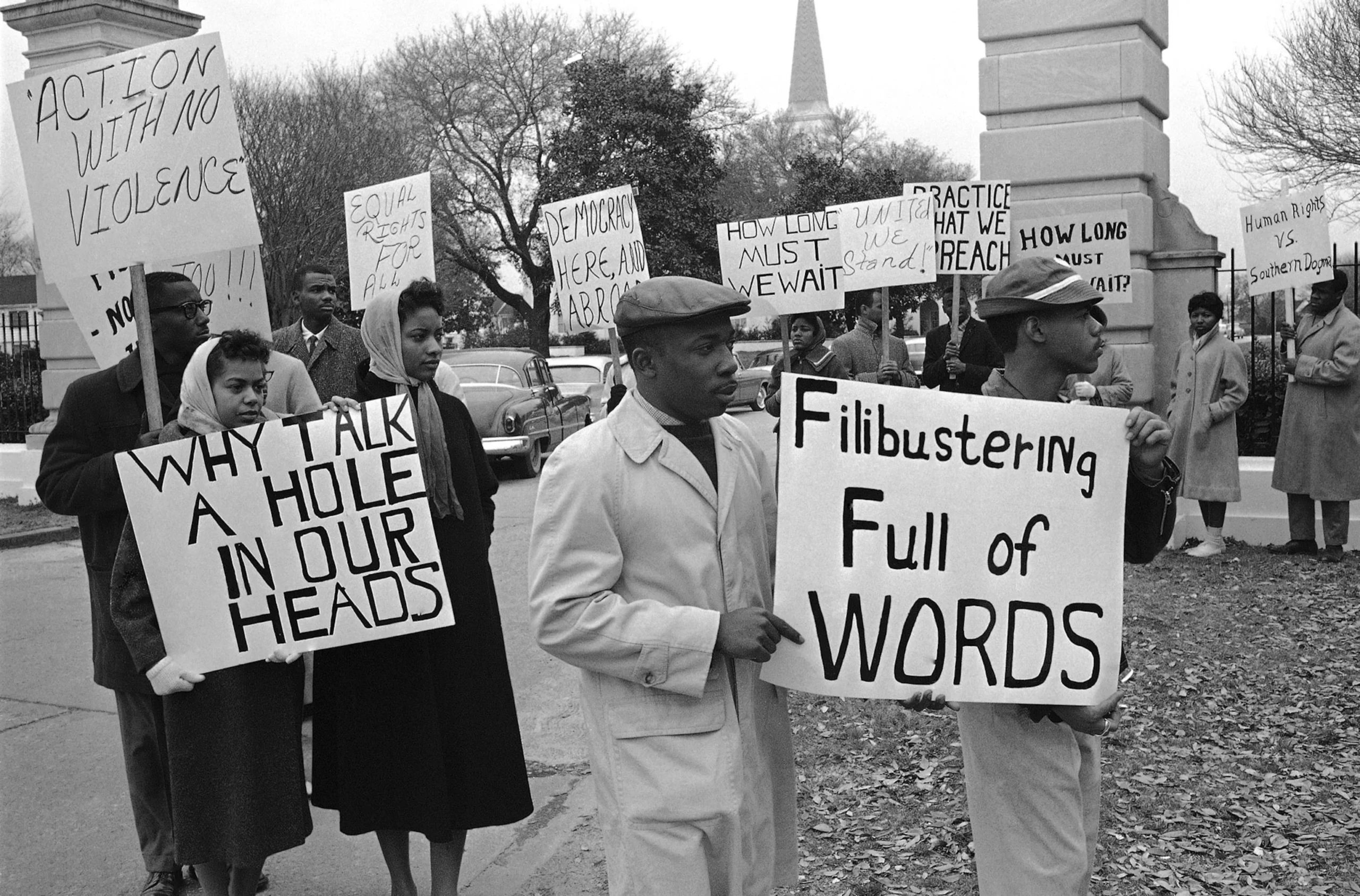
You May Also Like
Videos
Despite continued exclusionary practices, Black Americans slowly but surely made their way into the workforce after the Civil War. With continued persistence and perseverance,...
Videos
Rev. Dr. Martin Luther King Jr.’s assassination not only further ignited the civil rights movement, but it also inspired students in the collegiate setting...
Videos
While the Civil Rights Movement continued to spread across the US and the feminist movement evolved, one group felt neither movement really addressed their...
Education
Bill Russell; Michael Jordan; LeBron James. Black athletes have at times been synonymous with the sport of basketball, but it wasn’t always that way....


